7 Wildly Unexpected Spice Combos That’ll Transform Your Crockpot Pulled Pork (Plus a Few Meaty Tips!)
You know what’s better than a juicy, fall-apart crockpot pulled pork? One that’s spiced so uniquely it makes you forget all about the classic BBQ routine. Whether you’re hosting a backyard cookout or meal-prepping for the week, why not go wild and explore some innovative spice pairings that will give your healthy crockpot pulled pork an exciting flavor boost?
In this article, we’ll dive into the world of unexpected spices, offer practical cooking hacks, and serve up a few science-backed flavor facts—because who said you can’t be both smart and saucy when talking about meat?
Table of Contents
- Why Spice Matters in Slow-Cooked Meats
- Top 7 Unconventional Spice Pairings for Healthy Pulled Pork
- How to Incorporate These Flavors Without Overdoing It
- Pro Tips for Perfect Crockpot Pulled Pork Every Time
- Flavor Science Bonus: Why These Pairings Work So Well
- Visual Comparison Table: Spice Pairings at a Glance
- Summary & Conclusion
Why Spice Matters in Slow-Cooked Meats
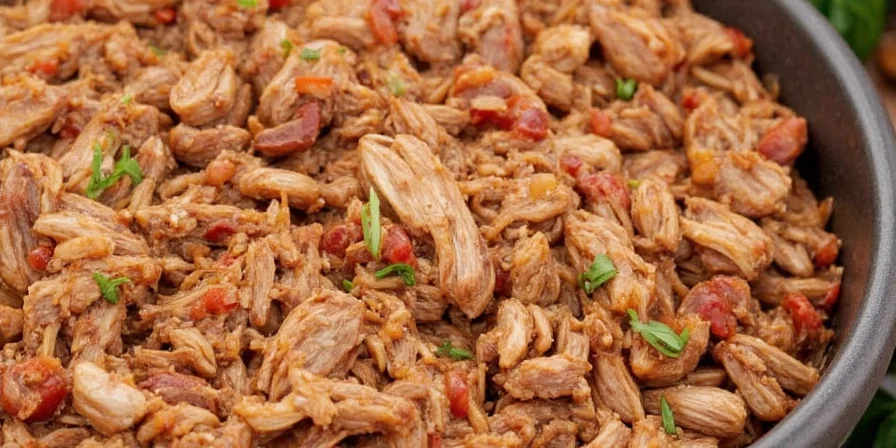
Slow cooking is like a spa day for meat—it gets tender, relaxed, and ready to soak in flavors like a sponge after a long shower. But here's the thing: if you're using the same old paprika-and-cumin mix every time, your crockpot pulled pork might just be snoozing through dinner.
Spices don't just add flavor—they activate your brain's reward center, enhance umami, and even have anti-inflammatory benefits. Plus, they can make a lean cut of pork feel like a decadent treat without adding extra fat or sugar.
Top 7 Unconventional Spice Pairings for Healthy Pulled Pork
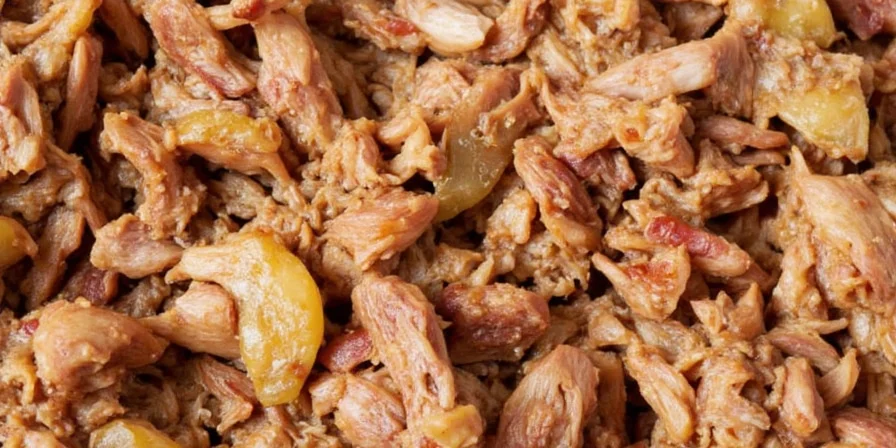
- Chipotle + Cocoa Powder: Smoky meets earthy, with a hint of bitterness that balances the pork’s richness.
- Turmeric + Ground Ginger: Anti-inflammatory powerhouse with warm, zesty notes.
- Lemon Zest + Dill: Bright, fresh twist perfect for lighter meals or springtime barbecues.
- Sumac + Za’atar: Tangy, herbal, and incredibly aromatic—Middle Eastern vibes anyone?
- Curry Powder + Tamarind Paste: A sweet-sour Indian fusion twist that dances on your tongue.
- Cinnamon + Allspice: Spiced sweetness reminiscent of Caribbean jerk pork—bold and slightly sweet.
- Fennel Seeds + Orange Peel: Anise-like flavor with citrus brightness, great for Mediterranean-inspired dishes.
How to Incorporate These Flavors Without Overdoing It
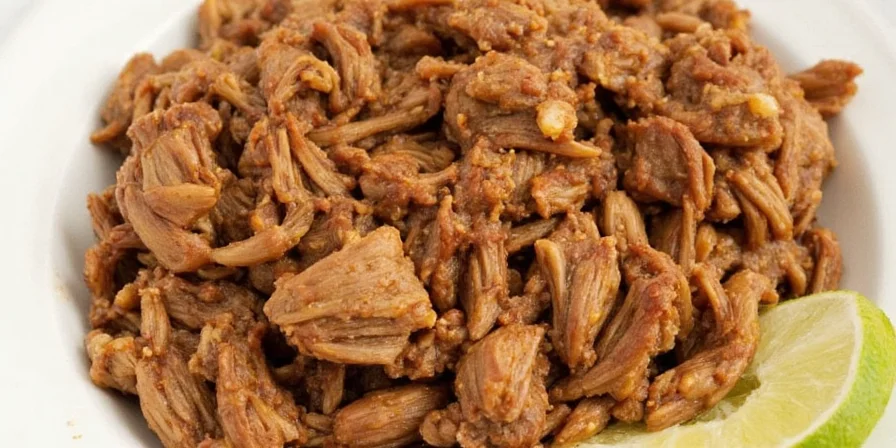
Let’s face it—even the best spice combinations can go sideways if you overdo it. Here’s how to play it safe and smart:
- Start with half the recommended amount: You can always add more later, but once it’s in the pot, there’s no going back.
- Toast dry spices first: Lightly heat them in a pan before mixing with wet ingredients to unlock their aroma.
- Use acid as a balancing act: A splash of vinegar or citrus juice can tone down strong flavors and brighten the dish.
- Layer spices at different times: Add hardy spices early (like cumin) and delicate ones (like dill) near the end for optimal impact.
Pro Tips for Perfect Crockpot Pulled Pork Every Time
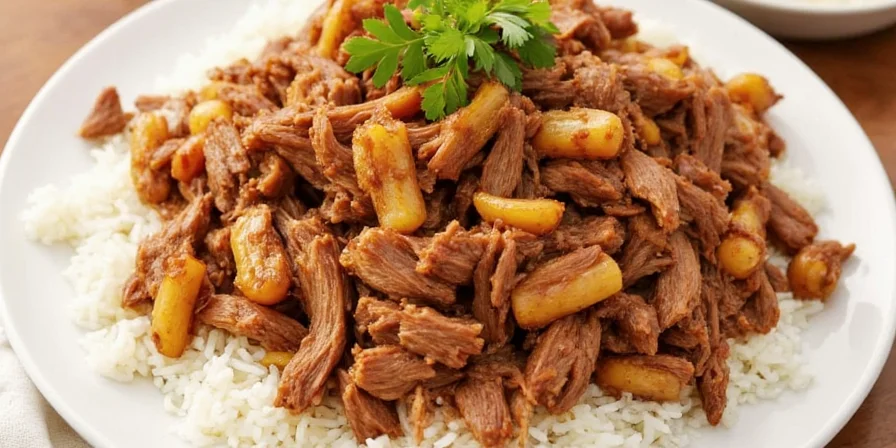
- Trim excess fat: While a little fat adds flavor, too much can lead to a greasy texture—especially if you’re aiming for a healthy version.
- Don’t skip the sear: Browning the meat before slow cooking builds a depth of flavor you won’t get otherwise.
- Shred while warm: Letting the meat rest for 10 minutes after cooking makes shredding easier and helps retain moisture.
- Keep the liquid ratio in check: Too much and it becomes soup; too little and it burns. Aim for about ½ cup per pound of pork.
- Rest it right: Let the meat sit covered for 10–15 minutes before serving. This allows juices to redistribute.
Flavor Science Bonus: Why These Pairings Work So Well
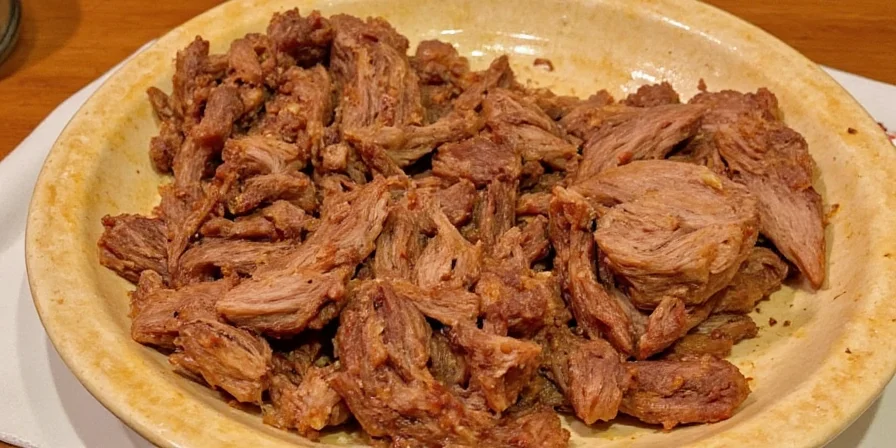
Ever wondered why certain spices just *click* together like a perfect Netflix match? It comes down to chemistry—and not the kind from high school that made you sleepy.
Here’s the short version: many spices share volatile compounds that interact synergistically. For example, cinnamon and allspice both contain eugenol, which gives them that warm, spicy note. When combined, they create a harmonious layer of flavor that feels greater than the sum of its parts.
Similarly, the citrusy terpenes in lemon zest and orange peel pair beautifully with herbs like dill and fennel seed, activating your olfactory senses in ways that make each bite feel vibrant and alive.
Visual Comparison Table: Spice Pairings at a Glance
| Spice Pairing | Flavor Profile | Best For | Health Perk |
|---|---|---|---|
| Chipotle + Cocoa | Smoky, Rich, Slightly Sweet | BBQ Nights, Sandwiches | Antioxidants from cocoa |
| Turmeric + Ginger | Earthy, Warming, Slightly Pungent | Meal Prep Bowls, Wraps | Anti-inflammatory properties |
| Lemon Zest + Dill | Fresh, Citrusy, Herbaceous | Spring Meals, Light Salads | Vitamin C boost |
| Sumac + Za’atar | Tangy, Earthy, Savory | Mediterranean Feasts | Rich in antioxidants and minerals |
| Curry + Tamarind | Sweet-Sour, Complex, Aromatic | Curries, Fusion Wraps | Boosts digestion |
| Cinnamon + Allspice | Warm, Spiced, Slightly Sweet | Fall/Winter Meals, Jerk-Inspired Dishes | Regulates blood sugar levels |
| Fennel + Orange Peel | Anise-Like, Fresh, Herbal | Pasta, Mediterranean Dishes | Helps with digestion and bloating |
Summary & Conclusion
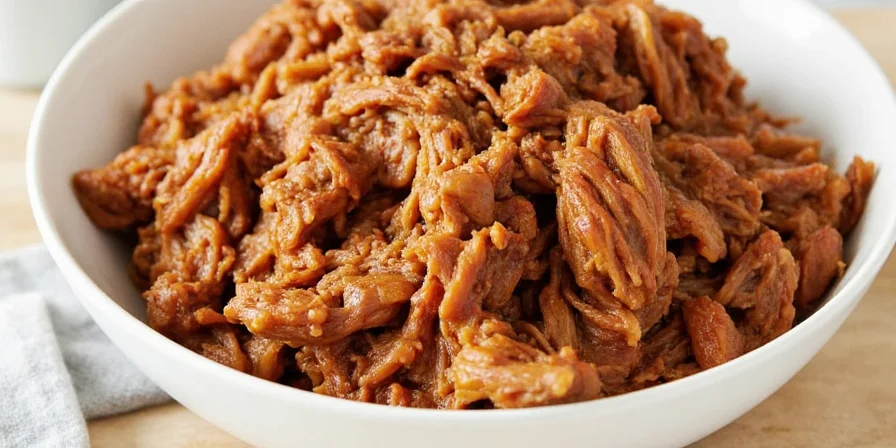
If there’s one thing I hope you take away from this article, it’s that spice is your best friend when it comes to transforming everyday meats into culinary masterpieces. Whether you're going full-on gourmet with za'atar or keeping it light with lemon zest, there's a flavor combination out there waiting to become your new favorite.
Healthy crockpot pulled pork doesn’t mean boring—it means bold choices, thoughtful seasoning, and a willingness to experiment beyond the usual suspects. So next time you reach for the paprika, think twice and maybe grab a pinch of something that surprises you.
Happy cooking, spice adventurers!

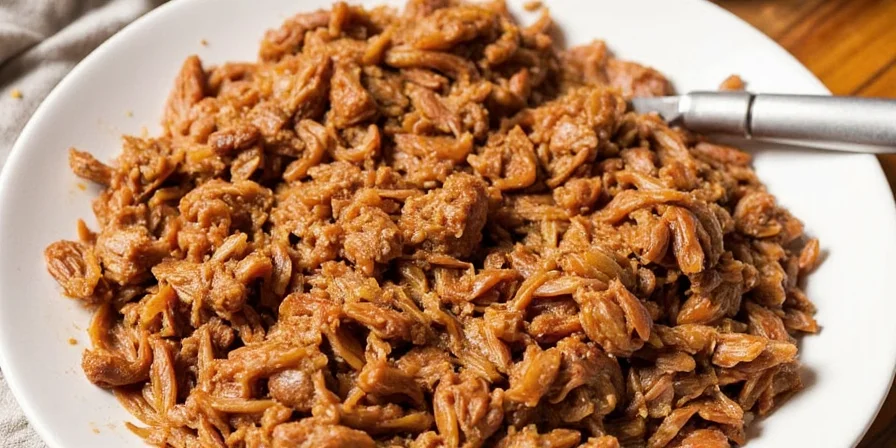









 浙公网安备
33010002000092号
浙公网安备
33010002000092号 浙B2-20120091-4
浙B2-20120091-4